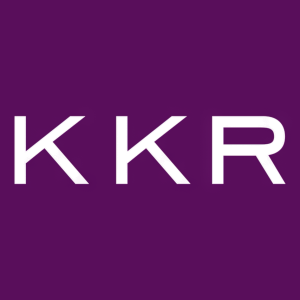KKR Releases “Regime Change: Enhancing the ‘Traditional’ Portfolio”
KKR released the report Regime Change: Enhancing the ‘Traditional’ Portfolio, authored by Henry McVey and Racim Allouani. The report emphasizes a shift in investment approaches due to rising interest rates, inflation, and geopolitical risks. KKR advocates revising the traditional 60/40 portfolio model, suggesting a 40/30/30 composition to enhance returns and manage risk. The new model allocates 10% to private infrastructure, 10% to private real estate, and 10% to private credit. This strategy is proposed to offer better performance during inflationary periods while maintaining liquidity.
- Shifting to a 40/30/30 portfolio model is suggested to enhance returns per unit of risk.
- Proposed allocations include 10% to private infrastructure and private real estate, improving diversification.
- No significant negatives identified.
Latest Macro Report Highlights Why Today’s Investment Regime Warrants a New Approach to
“In today’s world of heightened macro and geopolitical uncertainty, we suggest that allocators of capital revisit whether the underlying characteristics of their existing portfolios may be changing. We firmly believe that what has worked in the past, particularly in the last decade of returns being enhanced by the negative correlation of stocks and bonds, will not be as effective in the new macroeconomic environment we envision,” said McVey and Allouani.
As such, McVey and Allouani urge investors to reexamine the traditional 60/40 portfolio construction model in order to protect their purchasing power and potentially enhance returns in this new environment. Specifically, they believe that investors should consider:
-
Enhancing the traditional
60% capital appreciation component by allocating10% to private infrastructure and10% to private real estate investments. -
Rethinking the traditional
40% income component by allocating10% to private credit investments.
According to McVey and Allouani, this 40/30/30 portfolio model materially enhances returns per unit of risk by incorporating assets that correlate positively to inflation and enable investors to capture the value of the illiquidity premium. Based on their analysis, the 40/30/30 portfolio performed better than the 60/40 model in most environments and especially during periods of high inflation, when it offered significantly less volatility and better returns than the alternative. It also did not materially dent overall liquidity.
“We think that increasing diversification to enhance portfolios so there are ‘more ways to win’ is important in the environment that we believe we are entering,” said McVey and Allouani. “Overall, our work shows that there is a significant opportunity to not only protect but also potentially enhance both the equity and fixed income sleeves of portfolio returns.”
Links to access this report in full as well as an archive of
- To read the latest Insights, click here.
- To download a PDF version, click here.
- For an archive of previous publications, please visit www.KKRInsights.com.
About
About Racim Allouani
Racim Allouani joined KKR in 2015 and oversees
About KKR
KKR is a leading global investment firm that offers alternative asset management as well as capital markets and insurance solutions. KKR aims to generate attractive investment returns by following a patient and disciplined investment approach, employing world-class people, and supporting growth in its portfolio companies and communities. KKR sponsors investment funds that invest in private equity, credit and real assets and has strategic partners that manage hedge funds. KKR’s insurance subsidiaries offer retirement, life and reinsurance products under the management of
The views expressed in the report and summarized herein are the personal views of
View source version on businesswire.com: https://www.businesswire.com/news/home/20220519005304/en/
Media:
Julia Kosygina
212-750-8300
media@kkr.com
Source:
FAQ
What is the new investment regime according to KKR?
What is the recommended portfolio model by KKR?
How does the 40/30/30 portfolio model perform compared to the 60/40 model?
What percentage of the portfolio does KKR suggest for private credit investments?







